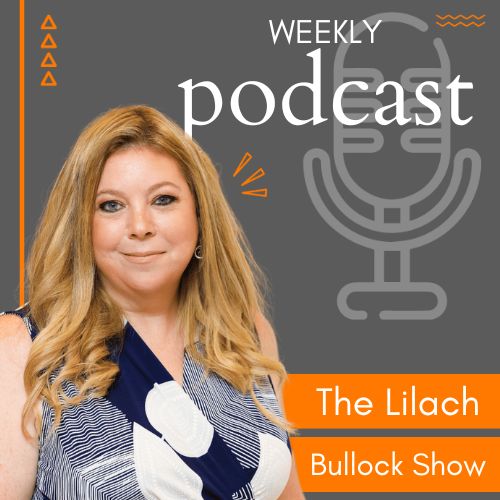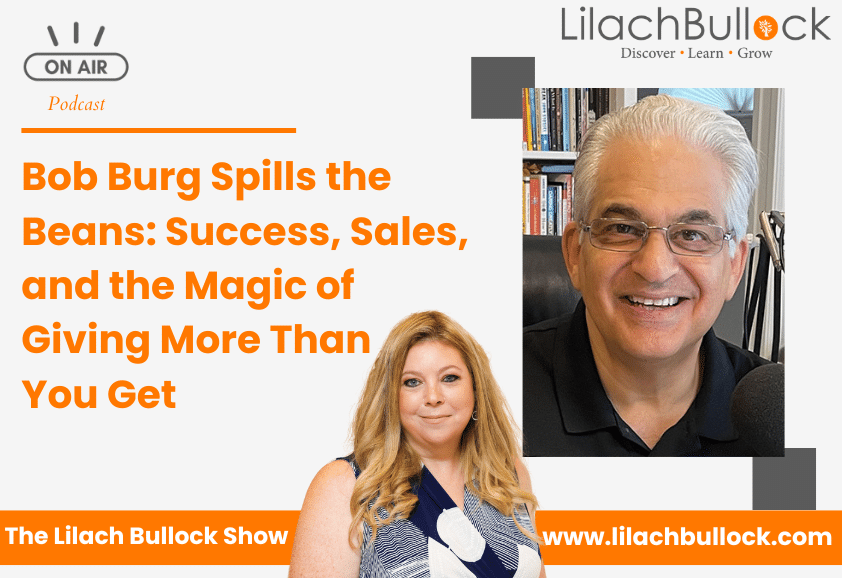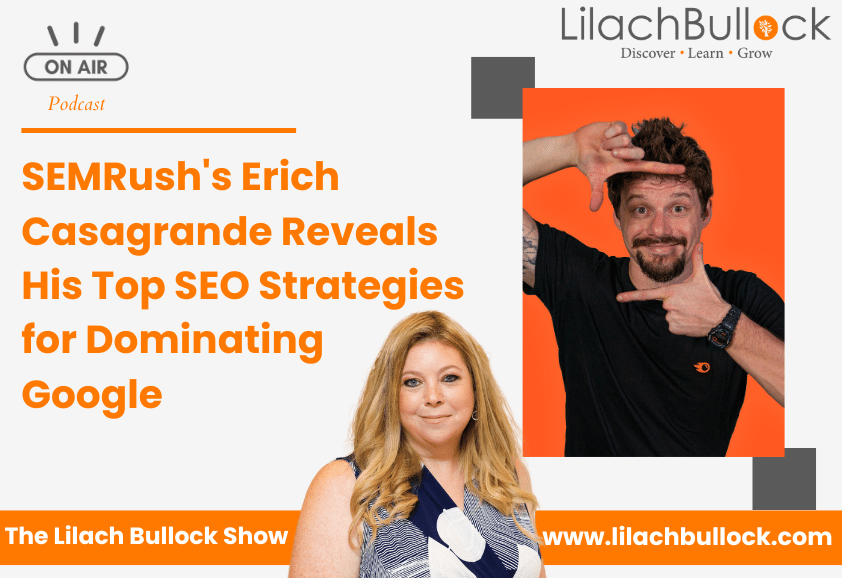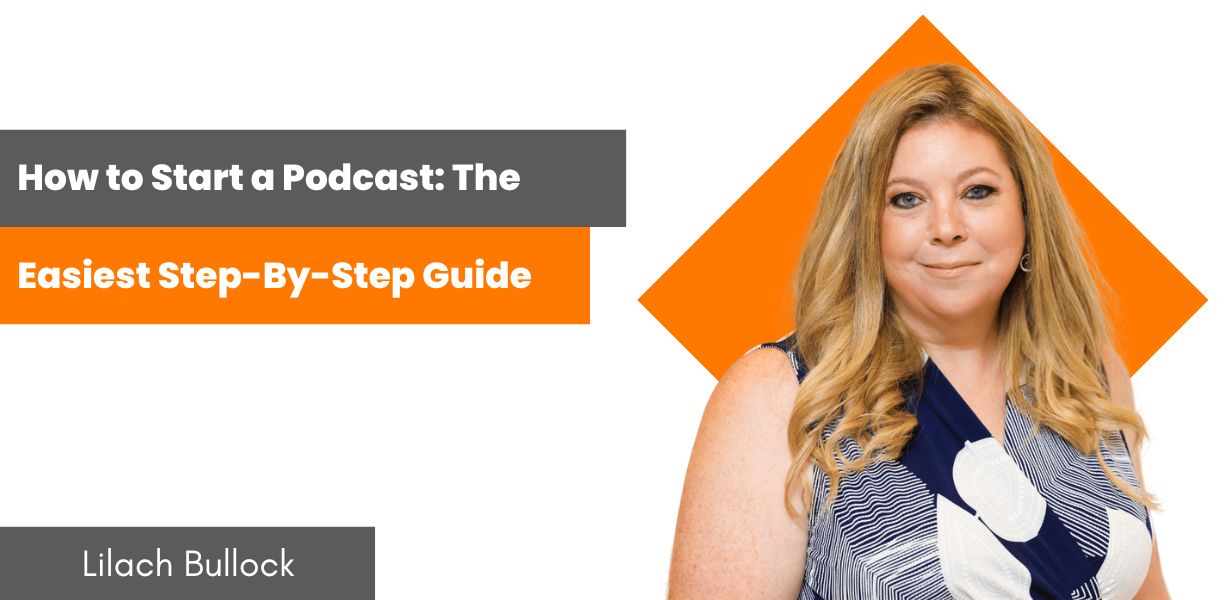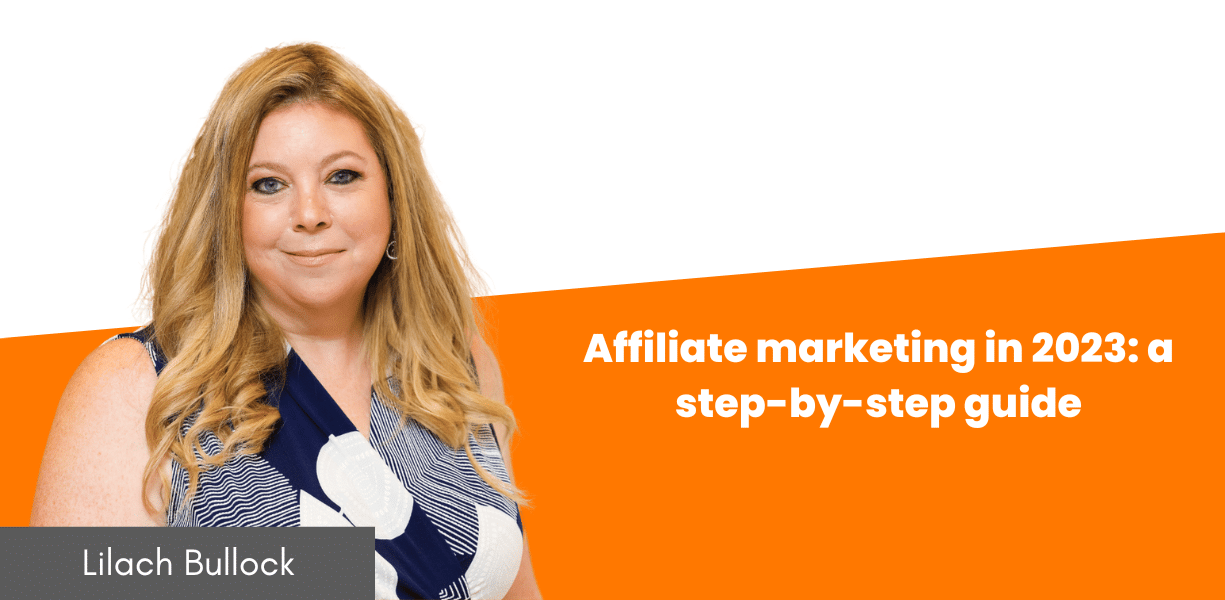Follow Lilach
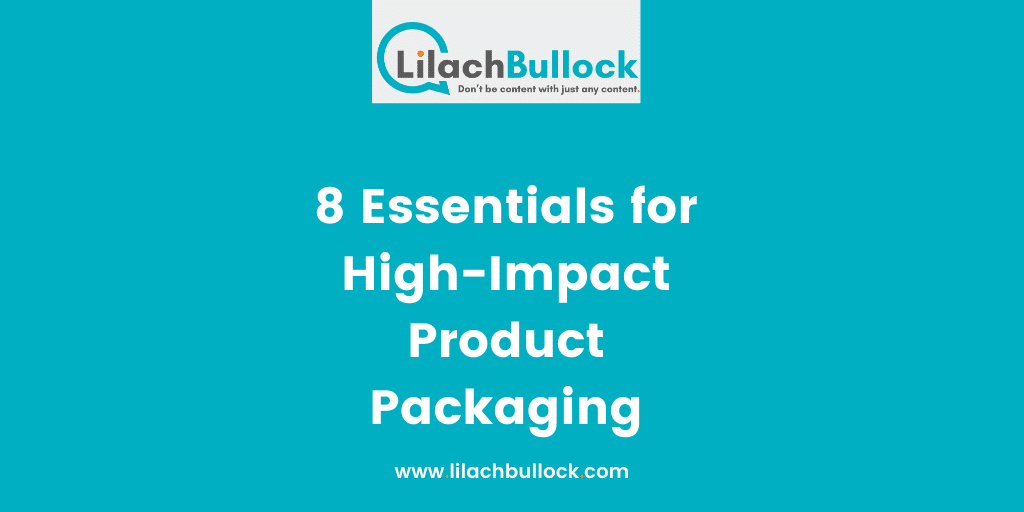
8 Essentials for High-Impact Product Packaging
Relieved that after months – or even years – you’re finally happy with your product offering? Now it’s just time to box it up and send it out… Or is it? It’s one thing to sell your product in focus groups, trade shows and presentations where you can be there to vouch for it, but quite another when it’s out on a shelf fending for itself. In these situations, it’s your packaging that needs to do all the talking, so you’d better consider it carefully. In this blog post, discover 8 essentials for high-impact product packaging.
8 Essentials for High-Impact Product Packaging
-
Think about your competition
How do products in your category usually look? Are there standard materials and packaging conventions that you can bend – or break? Sometimes a trademark container can help you rocket your brand into recognition. Think about brands that have pushed boundaries – selling crisps in a tube instead of a foil bag, or chocolate bars in triangular boxes, for example.
-
Be mindful of context
Standing out isn’t just about your competitors; it’s also about the context of where your products will be sold. If you have your own outlets or an exclusive detail with another retailer, you won’t be battling for the spotlight – but your products still have to make sense in their surroundings.
Think about how you want your products to be stored and displayed. Do you want them to be self-standing, or hung up on a rack next to complementary items? Are they items that could be sold till-side, or should they have their own display in the middle of the store? Merchandising is just as essential as the packaging itself.
-
Understand contrast
If you’re going for sleek, understated design, make sure you understand the difference between ‘simple’ and ‘basic’. A no-frills approach is fine, but take the time to play with various types of contrast to ensure your design still packs a punch.
Consider the balance between negative space and print, or the different typefaces you use. Contrasting colours will always stand out and look good together, just keep your colour palette restricted to prevent the overall design looking garish. If you play your contrast right, this will also help you make even the smallest label easier to read
-
Try unusual materials
It’s easy to spend so much time thinking about the visual elements of your packaging – like its shape, colour and what will be printed on it – that what the container feels like gets lost. Playing with different materials can create contrast with texture, transparency and mood that adds an essential piece of character to your branding.
For example, high-gloss materials relay a different message to the consumer than a natural kraft material. Raised coatings like flocking or spot UV add visual and tactile interest and even using unusual methods to pack empty space inside your bag can make your product more memorable. Consider exploring diverse packaging options to enhance your brand presence — Create your Custom Boxes to uniquely represent your product and brand identity.
-
Pay attention to your dielines
Whether you’re designing a bag, box or even just a label, make sure you’re referring to your dielines – that’s the 2D cutter shape outline. This has all the information you should need about where you package gets folded, cut, perforated or bent, which might impact how the finished print looks.
Print a 3D prototype to make sure that words and images aren’t getting obscured or cut out completely, and proof your packaging from all angles.
-
Check the legal requirements
Legal jargon like nutrition values, manufacturing data, barcodes and safety instructions might not scream “eye-catching”, but you’ll certainly feel the impact if your products are pulled from the shelf for not displaying required information.
Check exactly what needs to be printed on the outside of your product in order for it to be legally sold and don’t cut corners.
-
Remember the primary purpose of packaging
The main aim of a flashy box is to sell you product, right? Wrong. The whole point of your packaging is to get your good safely from A to B to C. Spend time on your brand message, but don’t lose sight of the fact that your goods need to arrive intact, undamaged and – if they’re edible – fresh and delicious.
If you’re only realising now that your bag or box is all talk and no walk, pause your design process and talk to a specialist packaging supplier. They will be able to advise about shapes, inserts, closures and safety features, helping you move your vision onto a concept that will protect your product and look good at the same time.
-
Don’t forget the obvious
When it comes to unconventional packaging design, it’s easy to slip into the territory of your product becoming totally unrecognisable to your potential customers. If shoppers can’t tell what you’re selling, how will they know whether to buy it?
Make sure that somewhere on your container you clearly state what the product is, who it’s for and what its benefits are. Consider showing a picture of what’s inside the box, or someone using the product to make it extra clear and avoid vague language.

Follow Lilach




